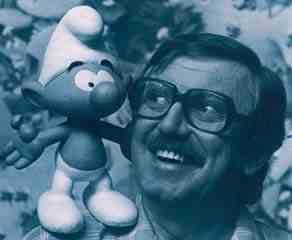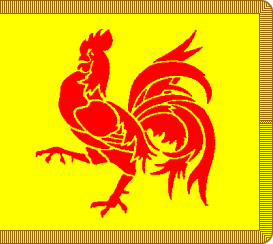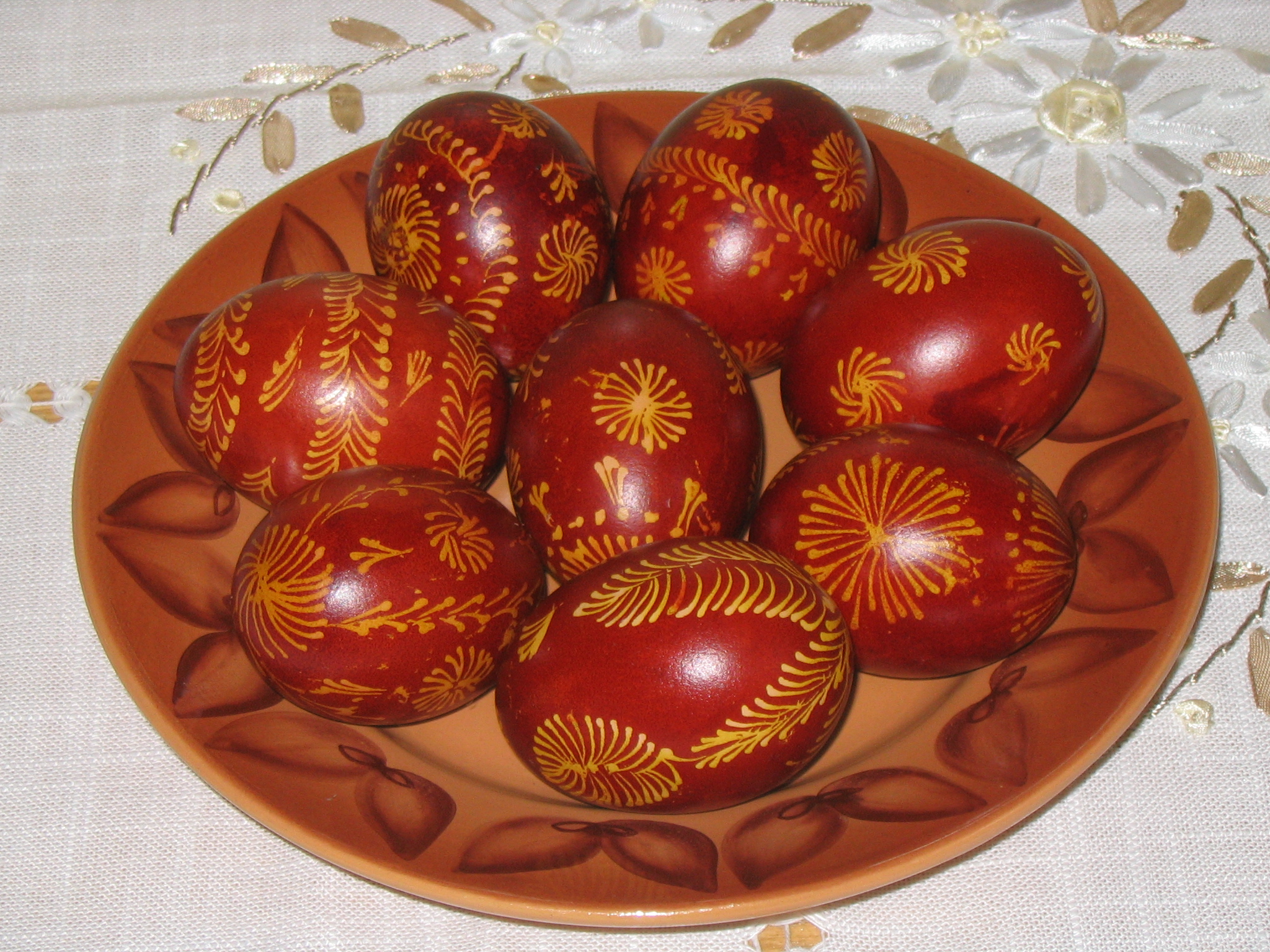To start off with, since Belgians are famous for their beer –
but to the silent revolts of my stomach – I bought several types of beer. I
bought some Leffe, a blonde abbey ale that supposedly has been made since the
year 1240. I also bought Hennepin, a saison ale (I’ll go into that more in
detail later: it’s for the stew). And to top it off, I also picked up some
Hoegaarden for the bread.
 |
| The trifecta of a good weekend. |
I changed up my stylo a little bit. This time, I did the
bread the night before. I chose a Belgian white beer bread. For this I used
Hoegaarden (which I found out is pronounced “Who-gar-den, according to
Wikipedia and the side of the 6-pack box, and really, who’s going to argue with
a box?). I loved the way it sizzled and bubbled when it hit the dry
ingredients. Probably some kind of reaction with the baking powder or sugar, I’m
guessing. For a hot second, I was like a kid with a science kit. Just before I
put it in the oven, I poured 6 tablespoons of melted butter right on top of the
batter in the loaf pan. The butter sat on top of the batter like a child’s
wading pool. It baked for an hour in the oven, and when I took it out, I
realized that I was glad I put the silicone loaf pan on a cookie sheet. I
forgot I think there is a small slit in the bottom and some of the liquid
leaked out during baking. But it didn’t affect the flavor. It was nice and
yeasty, some slight softness in the crumb in places, hard crust, and overall,
it was wonderful. It’s the type of bread that you bake to make the house smell
good. If you like the sweet-pungent smell of yeast like I do.
 |
| Who knew heaven smelled like a really yeasty beer bread? |
I also made Belgian hot chocolate. I couldn’t get through
making a Belgian meal without including chocolate somewhere (even though I did
purposely skip one of the most famous foods from Belgium: Belgian waffles. But
only because I don’t own a waffle iron, and I didn’t want to purchase one when
I could ask for one for Christmas in a few months.) I also didn’t have a whole
vanilla bean, so I just put in 2 teaspoons of pure vanilla extract, plus the
few drops that were left in the bottom of the bottle. I also added half
bittersweet chocolate and half dark chocolate. It was so good, yet very rich. It
even stopped ME in my tracks. We added marshmallows, even though I have no idea
if Belgians do that or not. (But they should.)
 |
| One of the few chocolate drinks that stopped me in my tracks. |
The main entrée for today was Carbonade Flamande. It’s a
stew that consists of beef and bacon, some onions and garlic of course, beef
stock and beer. I used Hennepin, a saison ale. It’s more of a hoppy ale, and I
found it was good to cook with. Then I cut slices of a baguette and spread
Dijon mustard on it and placed it on top. I actually put everything in a crock
pot and let it cook on high for about five hours. That way, it didn’t heat up my entire kitchen
and house. It certainly smelled good, like one of those stews that is perfect
for fall weather. The only part that got me was that the bread – after five
hours in a crock pot – was soggy and almost slimy. It’s purely a texture thing.
But I did recognize this method as having its roots as another way to preserve
stale bread.
The only other problem I had with the stew was that it called for a bouquet garni, where you tie a bay leaf, a sprig of thyme and parsley together and drop it in the stew. Well, I couldn't find all the materials as is, but I did have it all dried. So, I tore open a tea bag and dumped out the contents, put in the herbs and tied it together with the string from the tea bag. Ok, I was pretty proud of myself for improvising.
 |
| Genius, I know. |
I came up with two sides: the first one being Belgian carrots.
It is carrots (obviously) mixed a little
cream (I forgot to buy heavy cream, so I used the last couple tablespoons worth
of sour cream.), butter, parsley, sugar, and nutmeg. Sweet, yet not
overbearing. I really liked this one. I’m definitely using this recipe again.
 |
| These are the things that dreams are made of. |
The other side dish I made is called Salade Liégeoise.
It’s made of green beans and potatoes covered with bacon that was fried with a
little white wine vinegar. (It called for red wine vinegar, but I already had
white wine vinegar.) At the end, I sprinkled chopped green onions on top. I
really liked this one too. The flavor of bacon in the vinegar reminds me of my
childhood when my mom used to make wilted lettuce salad.
 |
| A picture of what my childhood smells like. It's quite possible I might also dream about this too. |
Overall, the whole meal reminded me of fall, which seems
fitting considering that tomorrow is the first day of October. It’s a nice end
to summer, finally. All seasons must end, and new ones begin: sometime you can
ease into it like getting into a hot tub, and other times you open up the door and
fall down the stairs. But this meal got me thinking about meals and food as a
means of marking milestones in life. Whenever there’s a holiday or a birthday,
an anniversary, a promotion, good grades at school, winning a game, there’s
food involved. There must be some kind of correlation in the human mind between
food and marking a time in your own history. Food is memorable. How many times
do you recall a vacation somewhere and you mention the food? Like, every time
for me. I make vacations centered around food and drink. So, this meal marked
the beginning of fall with good food, surrounded by my family. And a lot of Belgian
beer.
 |
| If this is Belgium, count me in. |
Up next: Belize







































